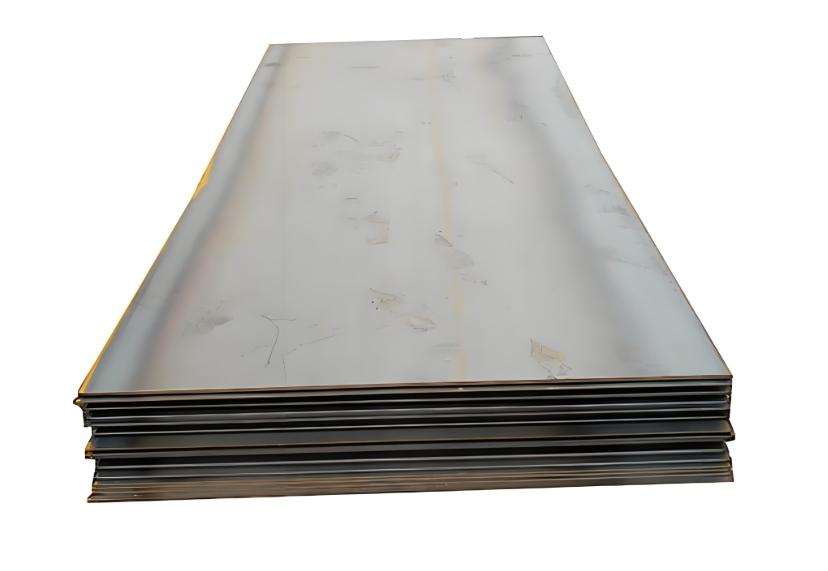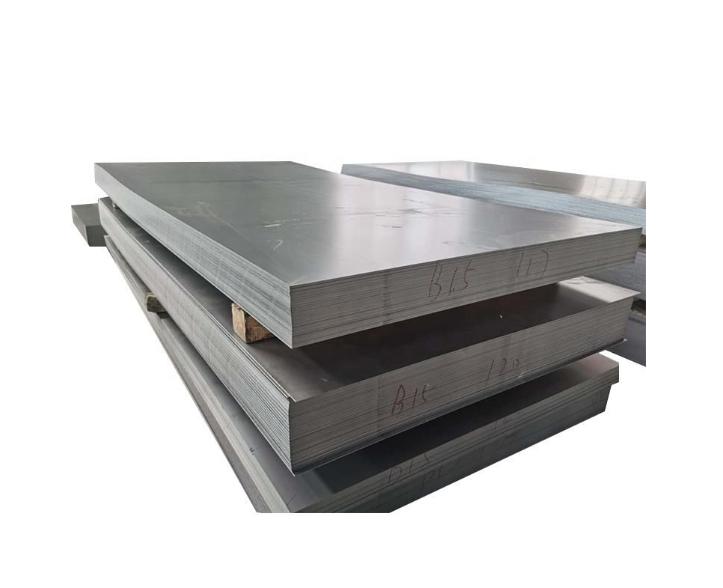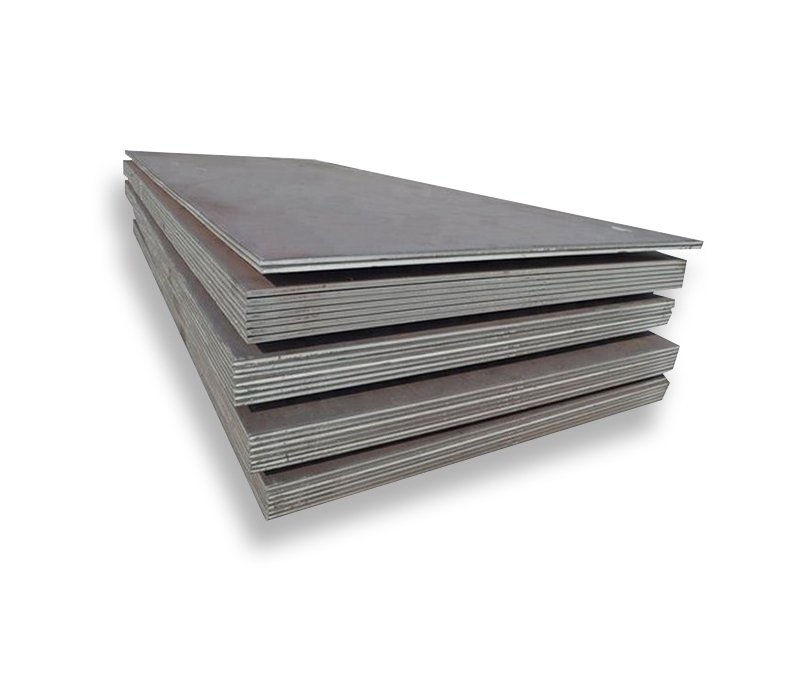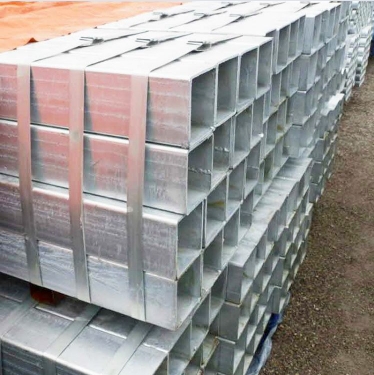Introduction
Understanding the carbon steel plate grades chart is essential for selecting the right material for your project. Different grades like A36Carbon Steel Plate, S235JRCarbon Steel Plate, and ASTM standards have unique properties. Choosing the wrong grade can lead to costly failures. In this article, I’ll walk you through the key grades, compare their features, and share practical tips. Whether you’re a seasoned engineer or a newbie, this guide will clarify the differences and help you make smarter decisions.
Why Is a Carbon Steel Plate Grades Chart So Important?
The Role of Grades in Steel Selection
Problem: Many buyers pick steel grades based on price alone, risking quality issues.
Solution: A comprehensive carbon steel plate grades chart helps you match grades to your project needs effectively.
Case: I once ordered S235JR for a load-bearing structure, but it lacked the required toughness. That mistake taught me the importance of understanding grade specifications.
Transition
Having a clear grades chart prevents costly errors and ensures your project’s safety and durability.
1. Overview of Common Carbon Steel Plate Grades
What Are the Most Popular Grades?
| Grade | Standard | Typical Use | Mechanical Properties |
|---|---|---|---|
| A36 | ASTM A36 | Structural beams, bridges | Yield strength: 36 ksi |
| S235JR | EN 10025 | Construction, general fabrications | Yield strength: 235 MPa |
| ASTM A36 | ASTM | Wide-ranging, versatile | Tensile strength: 58-80 ksi |
| S235JR | EN 10025 | General structural purposes | Ductility and weldability |
Note: These grades are part of the carbon steel plate grades chart used worldwide.
Transition
While these are common, there are many other grades tailored for specific applications.
2. Comparing Key Grades: A36, S235JR & ASTM Standards
Side-by-Side Analysis
| Feature | A36 | S235JR | ASTM A36 |
|---|---|---|---|
| Standard | ASTM A36 | EN 10025 | ASTM A36 |
| Yield Strength | 36 ksi | 235 MPa | 36 ksi |
| Tensile Strength | 58-80 ksi | 370-470 MPa | 58-80 ksi |
| Ductility | Good | Excellent | Good |
| Welding | Easy | Very good | Easy |
My personal experience: I once used A36 for a bridge project. It was easy to weld and performed well under load.
Transition
This comparison highlights how different grades meet various structural needs effectively.
3. Understanding the Technical Differences
Mechanical and Chemical Properties
- A36 is known for its weldability and versatility, suitable for general construction.
- S235JR offers excellent ductility, making it ideal for complex fabrication.
- ASTM A36 is similar to A36 but adheres to ASTM standards, ensuring consistent quality.
Why Do These Differences Matter?
Choosing the right grade impacts the strength, weldability, and durability of your steel components. For example, S235JR’s high ductility makes it suitable for bending, while A36’s strength suits load-bearing structures.
Transition
Knowing these differences helps you match the carbon steel plate grades chart to your specific application.
4. How to Use a Carbon Steel Plate Grades Chart Effectively
Practical Steps for Material Selection
- Identify Your Project Requirements:
Consider load, environment, and fabrication needs. - Consult the Grades Chart:
Match your specifications with appropriate grades like A36 or S235JR. - Check Mechanical Properties:
Ensure the grade’s strength and ductility fit your design. - Verify Standards and Certifications:
Confirm compliance with ASTM, EN, or other relevant standards. - Request Material Certification:
Always ask for test reports and certifications before purchasing.
Transition
Following these steps ensures you pick the right carbon steel plate grades for your project.
5. Common Mistakes and How to Avoid Them
⚠️ ⚠ Note:
- Assuming all steel grades are interchangeable.
- Overlooking the importance of certification and testing.
- Ignoring environmental factors affecting steel performance.
- Relying solely on price without considering quality.
- Not consulting a professional when in doubt.
Transition
Avoiding these pitfalls saves you from costly rework or failure.
6. Practical Case Study: Choosing Between A36 and S235JR
Scenario: I was tasked with fabricating a structural frame. Initially, I considered A36 for its strength. However, after consulting the carbon steel plate grades chart, I realized S235JR’s higher ductility was better suited.
Outcome: Using S235JR improved weldability and overall performance. This experience underscored the importance of understanding grade differences.
Transition
Always analyze your project’s unique needs before selecting a grade.
Final Tips and Best Practices
- Always refer to the carbon steel plate grades chart for accurate info.
- Consider environmental factors like corrosion or temperature.
- Use certified suppliers to ensure material quality.
- Test samples before bulk orders.
- Keep detailed records of material certifications.
Conclusion
Understanding the carbon steel plate grades chart is key to making informed decisions. Whether you’re working with A36, S235JR, or ASTM standards, knowing their properties helps optimize your project. Remember, selecting the right grade impacts safety, durability, and cost.
Practical Inspection Checklist
- Confirm the steel grade matches your project specs.
- Verify supplier certifications and test reports.
- Ensure the mechanical properties align with your requirements.
- Check for environmental suitability.
- Review welding and fabrication guidelines.
- Confirm delivery timelines and quantities.
- Inspect material upon receipt for quality assurance.
Need expert advice? Reach out to us at Shanxi Luokaiwei Steel Company. We specialize in supplying high-quality carbon steel plates tailored to your needs. Contact us today and get the right material for your project!








